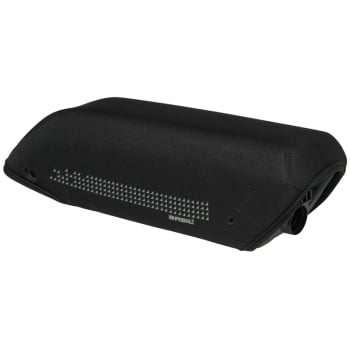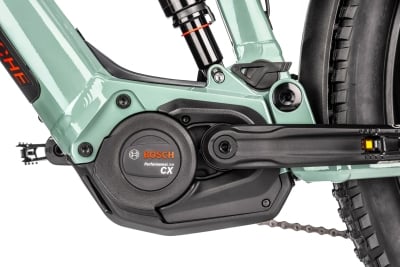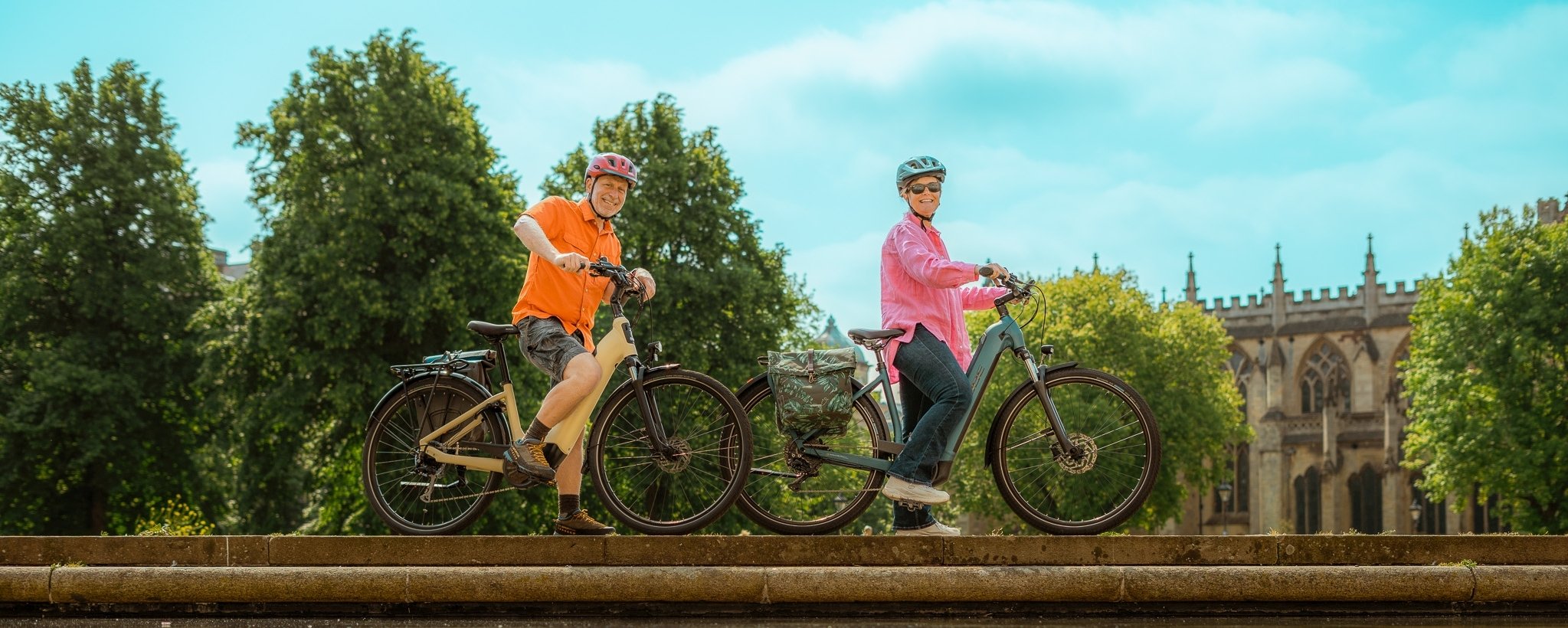Electric Bike Cold Weather Battery Care
Electric Bike Cold Weather Battery Care

An e-bike can be used in both cold and wet conditions. Its frame and components are splash-proof and can cope with almost any temperature. A e-bike battery, on the other hand, does not particularly like very low temperatures.
Cold weather will reduce battery performance, this could mean up to 20% less ‘juice in the tank’ so make sure your battery is fully charged before setting off, especially if your ride is going to be longer.
If you bike has integrated lights and your regular journeys are when the outside light is low you may want to carry with you an additional set of lights, just in case. You can cycle without power but you need to be seen by other road users.
Charging a battery when it is cold could reduce its overall lifespan, so this is to be avoided. If your battery feels cold to the touch then make sure you bring it up to room temperature inside slowly before plugging it in, this could take an hour or more.
If during the day your bike is outside at work (in a bike store etc) then bring your battery inside with you where it's warmer. We always suggest for security too a battery is removed when you are parked up away from home, the battery is the most valuable part of your e-bike.
When temperatures drop when riding, it is advisable to ease up a little. Choose a lower gear, try not stop and start too much. Keep an even pedalling frequency to optimize your e-bike battery’s range, pedal frequency of around 80 revolutions optimises consumption. Also avoid very short journeys if you can especially when followed by long periods of your bike not being used.
Most e-bikes have several assistance levels, to protect your battery choose a higher level if you can, the higher discharge level means the battery warms up, although keep an eye on your range! Cycling only in eco mode does not help the battery in winter.
Some people choose to use a neoprene battery cover sleeve
Oxford Neoprene Sleeve
Check your tyre pressures, if they are low this means too much friction when riding on a hard surface, making your bike less efficient and more power from the battery will be needed. Also lubricate your chain regularly, if you bike hasn’t been serviced for a while now is the time to get it booked in.
If you are going to be using your bike for quite a while – in winter, for example – the battery should be stored at room temperature at about 30% to 60% of its charge capacity. You may need to top up your battery every month to keep it at this optimum level. You should never leave your battery either fully charged or completely flat.
The bike itself can still be stored over winter in a secure shed or garage, as it's only the battery that's affected by the cold.
Wet weather is not usually a problem, if you and the bike have got particularly wet, removing the battery (if that’s possible with your bike) will allow the contacts to properly dry.
We don't recommend using a pressure washer on e-bikes, as this can damage the connections and force water inside areas it shouldn't get into. Instead, wash the bike by hand (we'd suggest doing this with the battery installed to ensure the terminals are covered) After washing thoroughly dry the bike before removing the battery to recharge or store.
Don't be put off using your bike during the cold weather electric bikes are designed to withstand all the elements of a regular British winter, so a nip in the air won't stop you from enjoying your bike.








